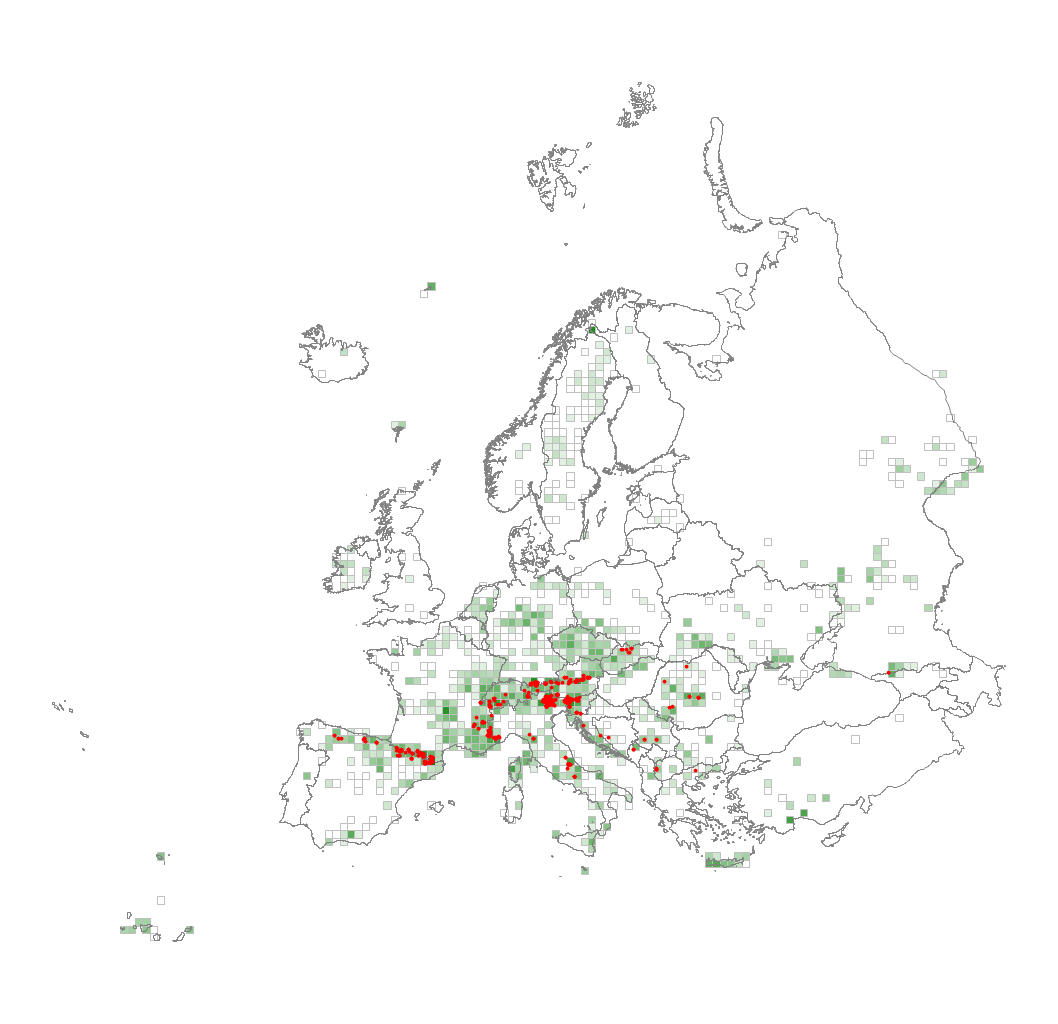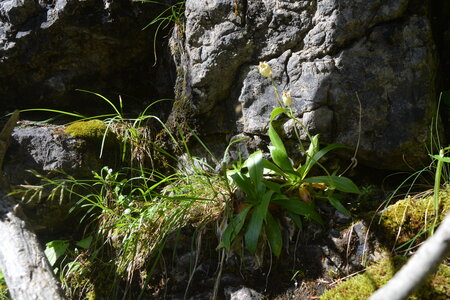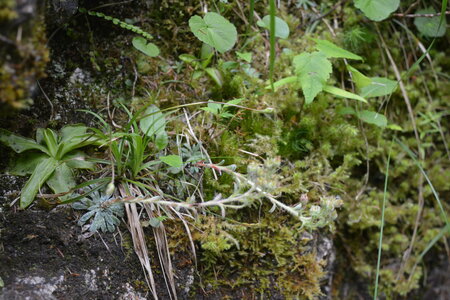U36 Temperate high-mountain base-rich inland cliff
Calcareous or base-rich rock faces and crevices at high altitudes of European mountain ranges in the temperate region. The chasmophytes, dwarf and cushion formed chamaephytes and hemicryptophytes, and numerous fern species and mosses, are very well adapted to the extreme habitat conditions, like strong solar radiation, a low water content, high day/night and seasonal temperature fluctuations, strong winds, and the absence of snow cover protection. The soil is in general very poorly developed, but can accumulate in crevices. Variation in the vascular flora is high across the continent and due to geographical isolation and variety in site conditions numerous relict, endemic, rare and protected species can be found on these cliffs.
Chytrý M., Tichý L., Hennekens S.M., Knollová I., Janssen J.A.M., Rodwell J.S. … Schaminée J.H.J. (2020) EUNIS Habitat Classification: expert system, characteristic species combinations and distribution maps of European habitats. Applied Vegetation Science 23: 648–675. https://doi.org/10.1111/avsc.12519
Version 2025-10-03, https://doi.org/10.5281/zenodo.16895007.
For the official presentation of the EUNIS Habitat Classification from the European Environment Agency, please see: EUNIS Terrestrial Habitat Classification 2021. The FloraVeg.EU presentation may show modifications and partial updates to the habitat classification.




2.jpg)
1.jpg)


1.jpg)
2.jpg)